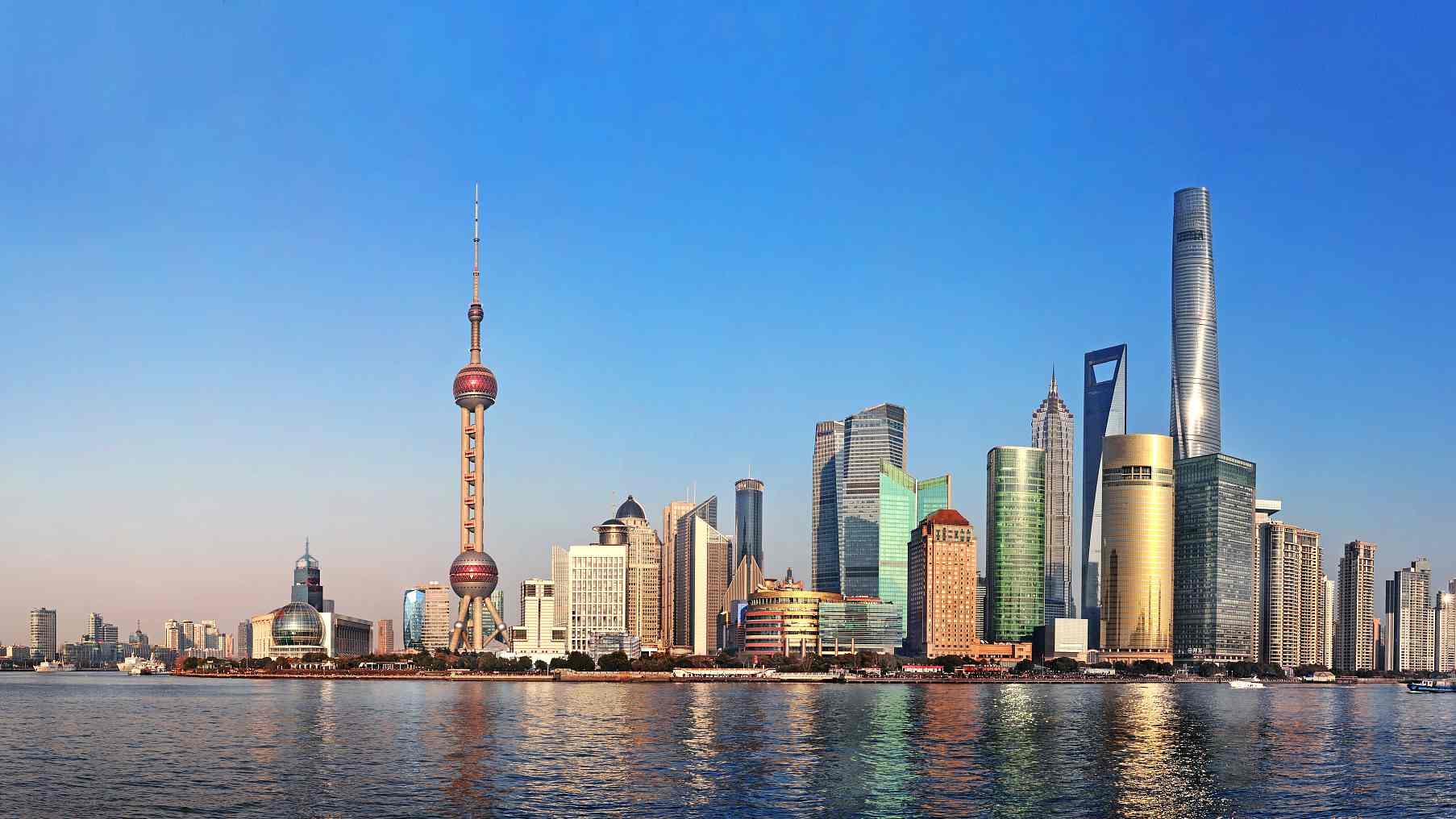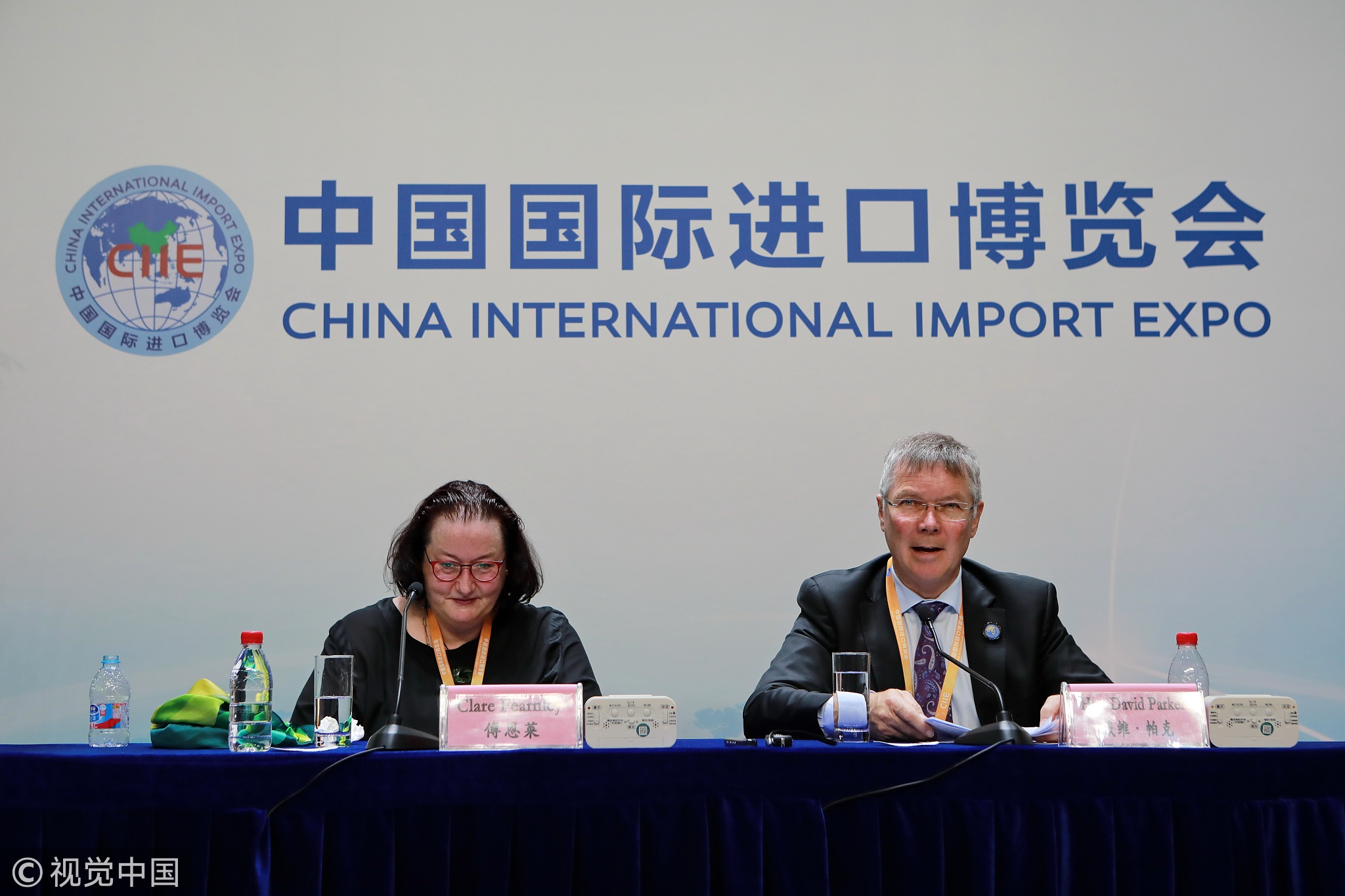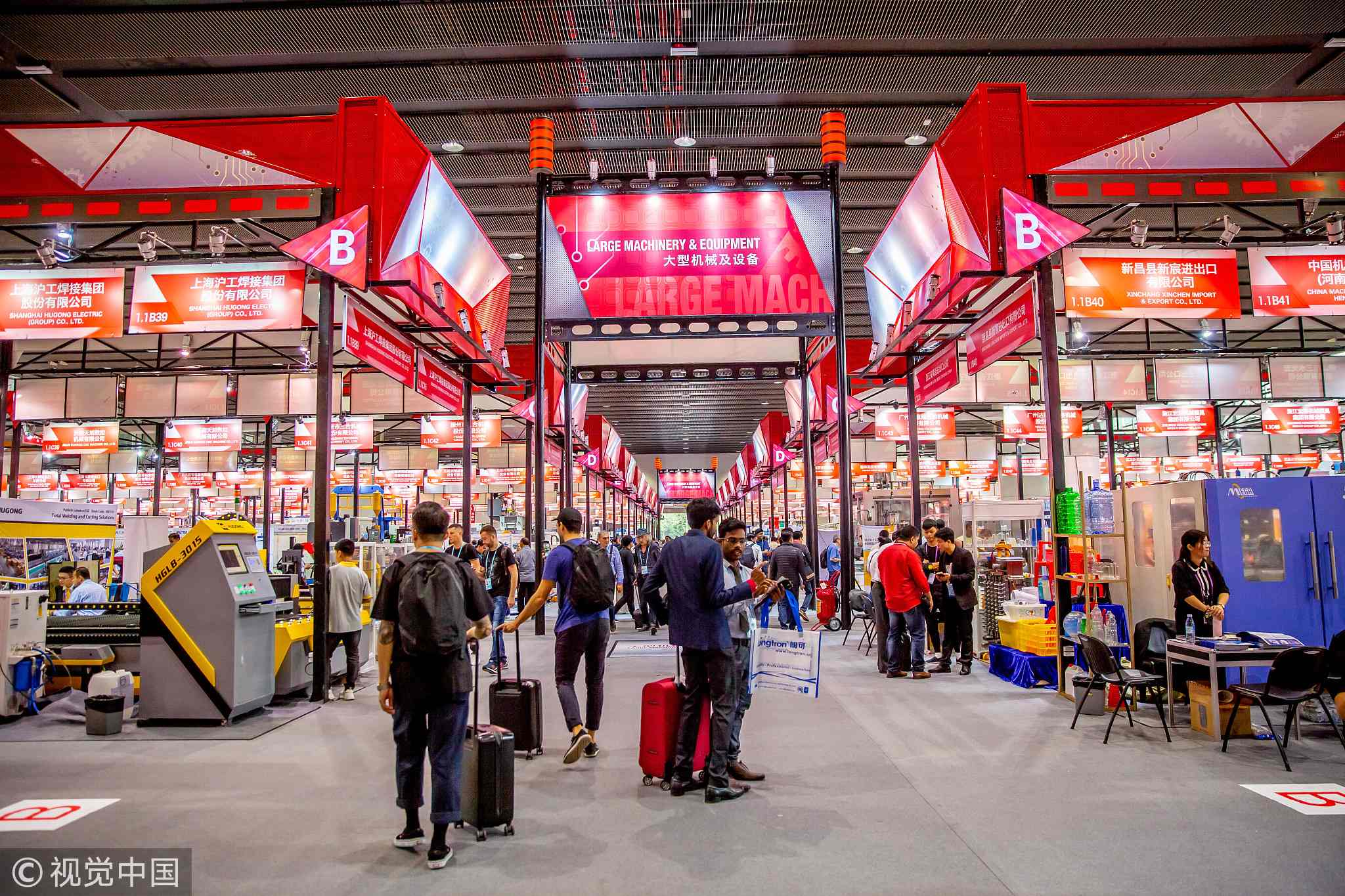
Opinions
11:57, 08-Nov-2018
Opinion: Shanghai’s CIIE has Canton Fair’s DNA
Updated
10:56, 11-Nov-2018
Harvey Dzodin

Editor's note: Harvey Dzodin is a senior research fellow at the Center for China and Globalization, and a former legal adviser in the Carter administration. The article reflects the author's opinion, and not necessarily the views of CGTN.
In order to understand the well-publicized China International Import Exhibition (CIIE) which opened to much fanfare in Shanghai this week with a keynote address by Chinese President Xi Jinping, one really needs to start in Guangzhou, more than 1,200 kilometers to the southwest.
You could say that Canton, known as Guangzhou today, was a city of trade and commerce since time immemorial. Indeed, by the Tang Dynasty (618 AD-907 AD) numerous foreign visitors, especially Muslims, developed trade from there with Arab, Indian and Persian merchants. Guangzhou's foreign population approached 10,000.
Therefore, it's no coincidence that the Chinese Export Commodities Fair, known to one and all as the Canton Fair was established early in New China's development in 1957 and has been held twice yearly ever since. Its name was changed half century later to the China Import and Export Fair.
The change was reflective of the fact that even then, China wanted to provide a platform to companies of nations with large trade deficits to help them balance their trade numbers. And in an effort to further improve the sales environment and capacity, the original and overtaxed fairgrounds, which I had visited several times, have been replaced with state-of-the-art facilities.

David Parker, New Zealand's Minister of Economic Development, attends a press conference about CIIE in Shanghai, Nov 6, 2018./VCG Photo
David Parker, New Zealand's Minister of Economic Development, attends a press conference about CIIE in Shanghai, Nov 6, 2018./VCG Photo
Last Friday, I attended one of the final days of the Canton Fair's 124th session. It's actually akin to going to the National Museum of China across from the Great Hall of the People; it takes days to begin to see it all. And there are so many exhibitors, that each twice-a-year session has to be done in three phases.
I was especially impressed with several elements that went beyond just sales. There was a juried design competition of items in the fair; they were both useful and innovative. Attention was also given in the fair to promoting goods from impoverished areas of China which touched my heart.
Green considerations even down to ecologically sound booth design showed great sensitivity. And perhaps, most of all, the fair had an intellectual property adjudication process where items could be challenged for ripping off the lawful designs of right's holders. Complaints were filed on 509 exhibitors, and 264 were found guilty of infringement. For IPR, it's indeed a new era.
I visited CIIE on Tuesday and am still processing the enormity of it. One thing that seemed abundantly clear was that the Canton Fair's DNA is to be found in CIIE. One might say that the CIIE is the Canton Fair on steroids and I am sure that Canton Fair's more than six decades of experience served as a compass for CIIE's design.
In essence, it's also clear that CIIE represents nothing less than forty years of reform and opening up continued, and further perfected under President Xi's leadership. The China Pavilion encapsulates this thought with new development concept of "innovation, coordination, green, openness, and sharing."
The Ambassador of Uruguay, Fernando Lugris, echoed this theme saying: “CIIE reaffirms the commitment of China with the opening up and reform process started 40 years ago and conveys a clear message to the rest of the world on support to free trade and the multilateral system, as well as food security. Uruguay sees CIIE as a great opportunity to present itself as a very safe and stable provider of high-quality goods and services in the context of the Belt and Road Initiative.”
Consider that when the Canton Fair changed its name and added the component of encouraging imports to China in 2007, exhibition space for foreign sellers was 10,400 square meters with 629 booths. This year, space had nearly doubled to 20,000 square meters with 998 booths. However, the CIIE is an entirely different order of magnitude.

124th Canton Fair opens in Guangzhou, Oct 16,2018./VCG Photo
124th Canton Fair opens in Guangzhou, Oct 16,2018./VCG Photo
CIIE includes two elements: trade in goods and trade in services. It offers outstanding features such as large exhibition scale, country-wide distribution, high-quality enterprises, new products and new technologies, and high exhibition level.
The exhibition area is 270,000 square meters, and more than 3,000 enterprises are participating in the exhibition, including more than 200 world top 500 and industry leading enterprises. More than 100 new products and new technologies will be released at CIIE.
I found CIIE very well organized and staffed. All volunteers, of which there was an army, were well trained.
I even bought a sample product from America that is a coating that protects mobile phone screens. The deal was closed when the exhibitor hit the coated screen with a heavy hammer and the glass was unharmed. I won't try the demo on my iPhone however.
Will this be the first and last CIIE? No way! There was a CIIE 2019 registration booth and people were clustered around it attesting to the great success of this first China International Import Exhibition.
(If you want to contribute and have specific expertise, please contact us at opinions@cgtn.com.)

SITEMAP
Copyright © 2018 CGTN. Beijing ICP prepared NO.16065310-3
Copyright © 2018 CGTN. Beijing ICP prepared NO.16065310-3